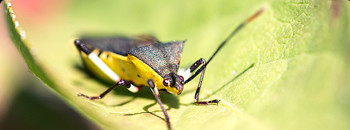Dr. John Stier, Environmental Turfgrass Extension Specialist, Professor and Chair of the Dept. of Horticulture-University of Wisconsin, Madison.
The PGA season has begun and people who live in temporal climates are itching to get back on the course, but it’s still too cold. Ever wonder what golf courses do when they’re covered in snow or the ground is frozen? What do the owners do when golfers aren’t coming to the course?
In the North, golf course superintendents spend their winters planning their management for the upcoming season and placing orders for fertilizers, equipment and other products. Problem areas which had been hit hardest with pests or environmental stresses the year before are slated for renovation, if possible, to reduce future problems.
Hiring of seasonal positions begins in February or March depending on the location, with many of the employees returning from the previous year. Teaching professionals, bag boys and drink-cart girls are all very important positions that are utilized during the summer to increase the number of golfers.
Then the grounds keeping begins: tree debris from the winter is picked up and areas with low turf density are reseeded. Mowing begins as soon as the grass starts to grow, which helps reduce weeds as most weeds can’t grow under well-maintained greens and fairways. Fertilizer may be applied once the initial surge of spring growth passes.
Pest problems are usually minimal during early spring as temperatures and moisture are favorable for turf growth. Change may be in the works, though, as recent research at the University of Wisconsin-Madison shows that a single application of fungicide applied in early spring may reduce the need for multiple applications throughout the summer. Most control measures are applied during the summer because of the increased chance of fungal diseases and sometimes insects.
In the South, golfers are lucky as the season never ends, but warming weather still brings changes. As warmer temperatures return, superintendents will begin to manage the warm season grasses versus the cold-season varieties that were planted to maintain green turf throughout the mild winter.

